
Silver Hand
His father murdered for a throne, his own life under threat,
He lost a crown to envy and so he would not forget
His sword hand they had cut from him, so knight he could not be;
They took his left foot also, that the child might never flee.
A foot of bronze they fashioned and a hand of silver too
But as the child grew older, then magic metal grew.
Alarmed they had him kidnapped and his jailer took his head.
Yet climbing from the castle wall the jailer’s son fell dead.
The jailer journeyed onward, soon exhausted, grieving still,
Till, nigh to death and sick with thirst, he rested on the hill,
He recognised his faulty heart and wailed about the deed
That took his own son’s life as well, and now he was in need;
“Take up your staff,” said Melor’s head, “And in earth let it stand.”
The jailer did and water bubbled up beneath his hand.
The wondrous head fell silent as the jailer drank the stream
Above him branches bearing fruit as if within a dream.
Yet, once refreshed, his greed renewed, he sought out his reward
And took poor Melor’s severed head and gave it to his lord.
The King, delighted, gave all land that he could find…
They later found the jailer on the hill he owned… struck blind.
*
The poem above was written for the ‘gazetteer’ in one of our books, Doomsday: Scions of Albion. The idea for the gazetteer started when we were writing The Initiate… we wanted readers to be able to find the places mentioned in the book, but did not wish to create a dry-as-dust travel guide. The poems left clues, riddles, that a bit of judicious Googling could solve.
By the time we wrote Scions of Albion, we had expanded on that idea and were not just writing about places, but exploring ideas, myths and legends. The poem tells the story of St Melor as it is told in Cornwall.
The ‘official’ version, if there is such a thing where the mediaeval saints are concerned, says that Melor was a Breton, probably a prince, whose uncle wanted the throne. Dissuaded from murdering the child, he cut off the hand and foot, replacing them with metal ones, and sent the child to the monastery in Quimper, where the metal limbs began to miraculously grow and function. The usurping uncle later changed his mind and ordered the child’s guardian to decapitate him… which he did, only to die himself three days later.
The Cornish legend is rather more colourful and it was this we chose to use. David Nash Ford gives a detailed account of the saint’s Cornish legend on his website, Early British Kingdoms. We could not help making the connection with the Irish myth of Nuada Airgetlám, Nuada Silver-hand, some of whose symbolism we had explored in Doomsday: The Aetheling Thing.
There are so many connections between the old tales of Brittany and the ancient lands of Albion that it is practically impossible to say where they first began. And I wonder if it really matters when the stories are not necessarily about history, but are there to open our eyes, minds and hearts to the possibility of truths that transcend mere facts.







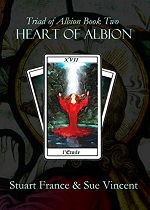






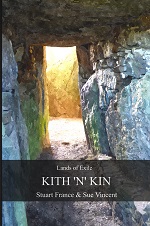


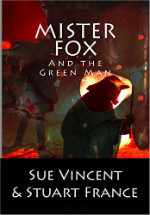





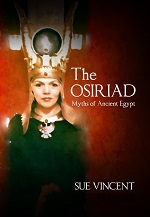










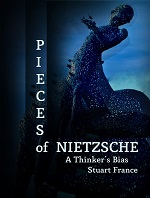
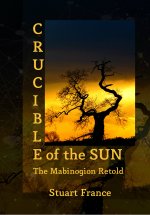





Pingback: Silver Hand — Sue Vincent’s Daily Echo – All About Writing and more
This is very interesting story. Thanks for sharing
LikeLike
There are some wonderful tales buried in the saintly histories 🙂
LikeLiked by 1 person
There are. And the mystical and magical stories just pull us right in.
LikeLike
I think many of them speak to something beyond logic 😉
LikeLiked by 1 person
Yes, that’s true. Our fascination with otherworldly.
LikeLike
Indeed… something beyond the everyday…
LikeLiked by 1 person
Exactly. That’s why this is such a popular topic for movies and shows too
LikeLike
Yes it is…
LikeLiked by 1 person
👍
LikeLiked by 1 person
Fascinating story and once again, amazing image. ❤
LikeLike
That tree has a real personality 😉 x
LikeLiked by 1 person
I’ll say! 🙂 x
LikeLiked by 1 person